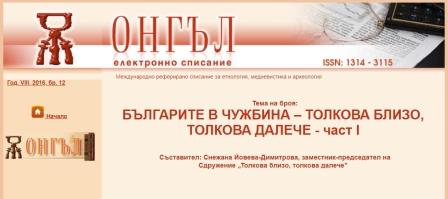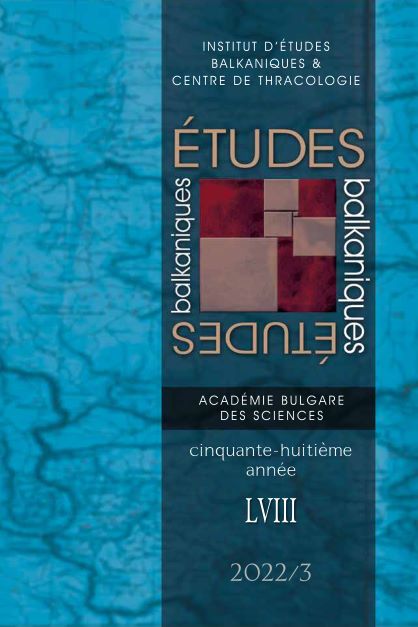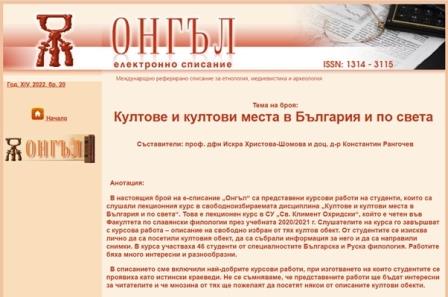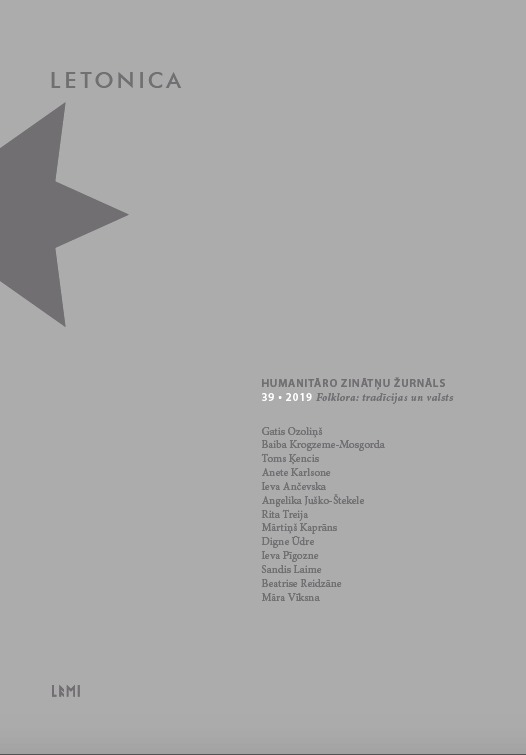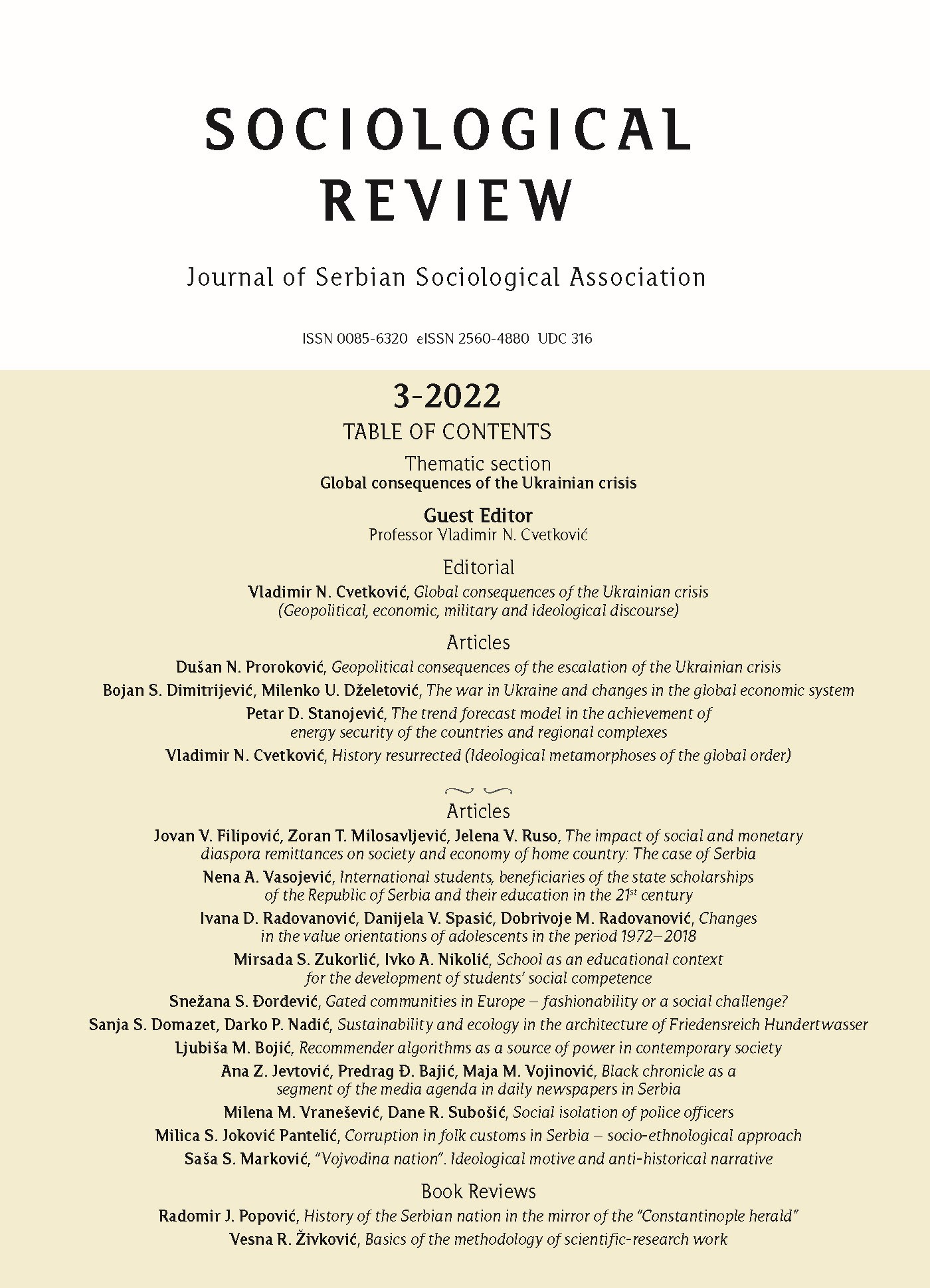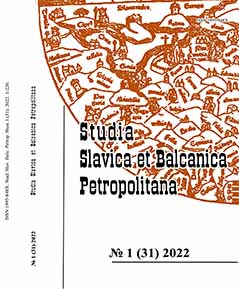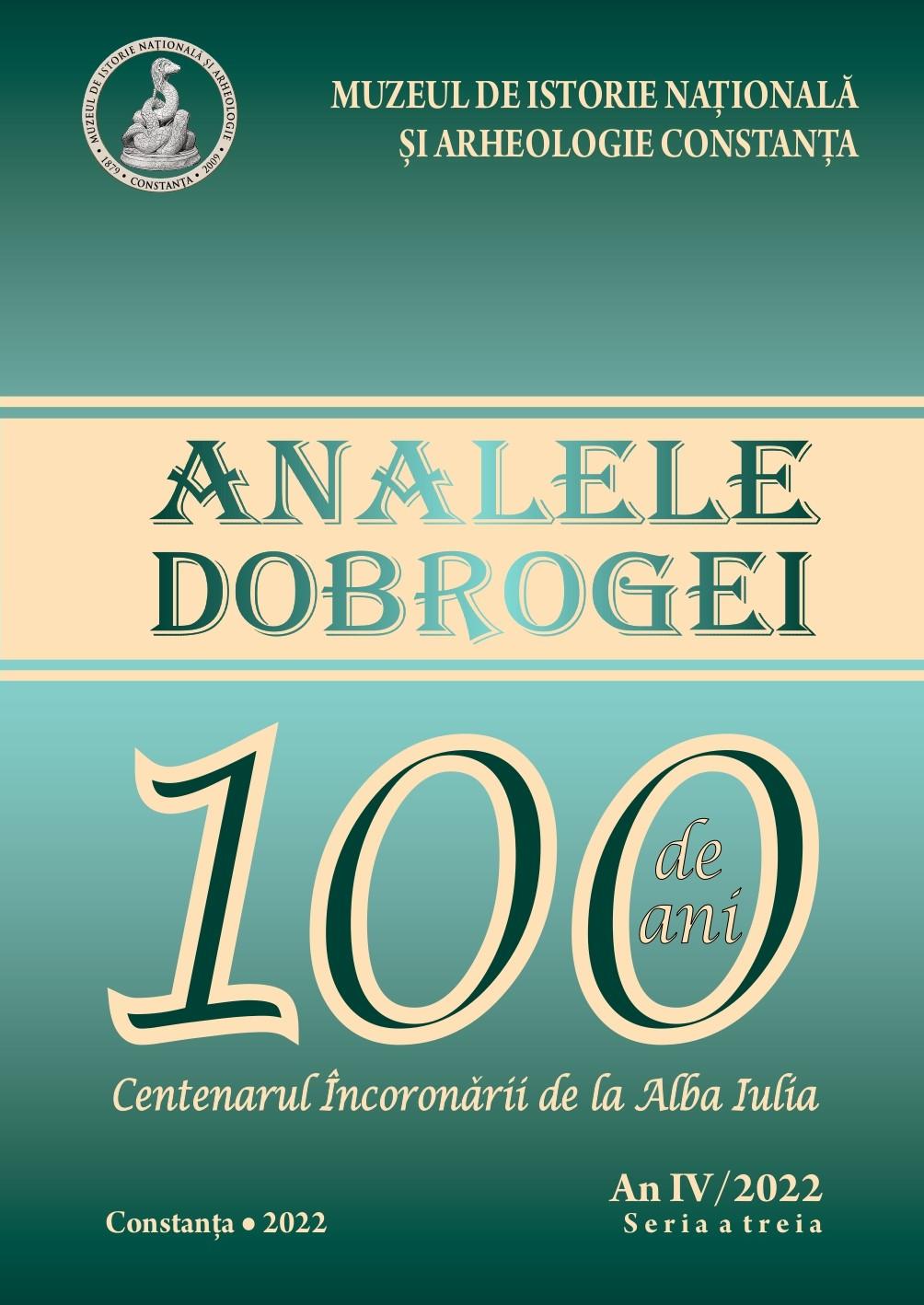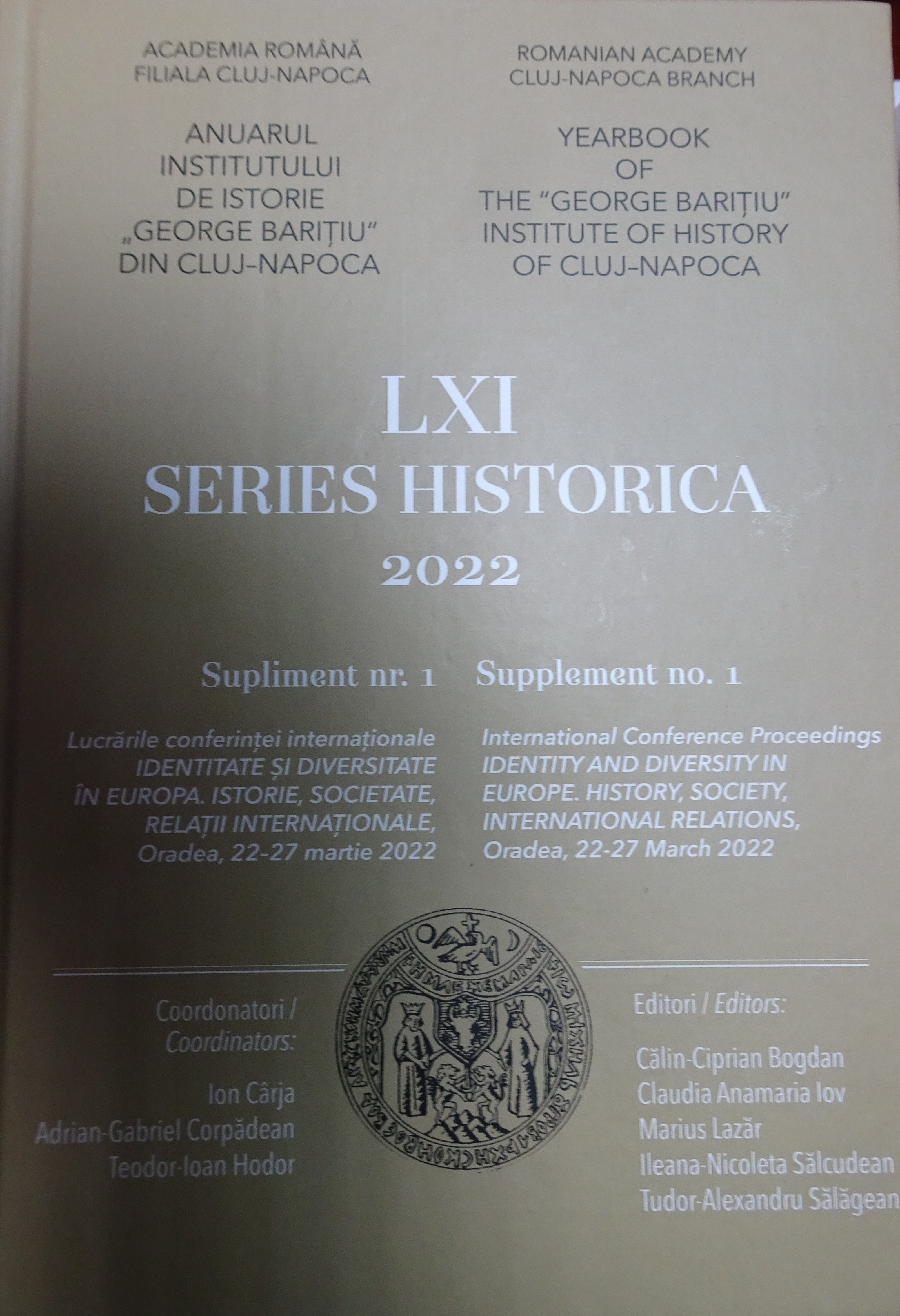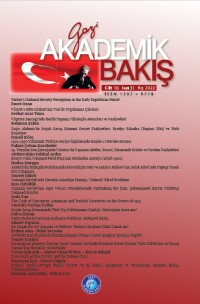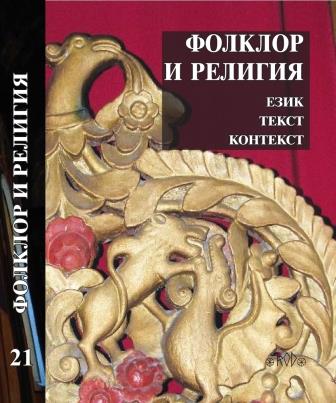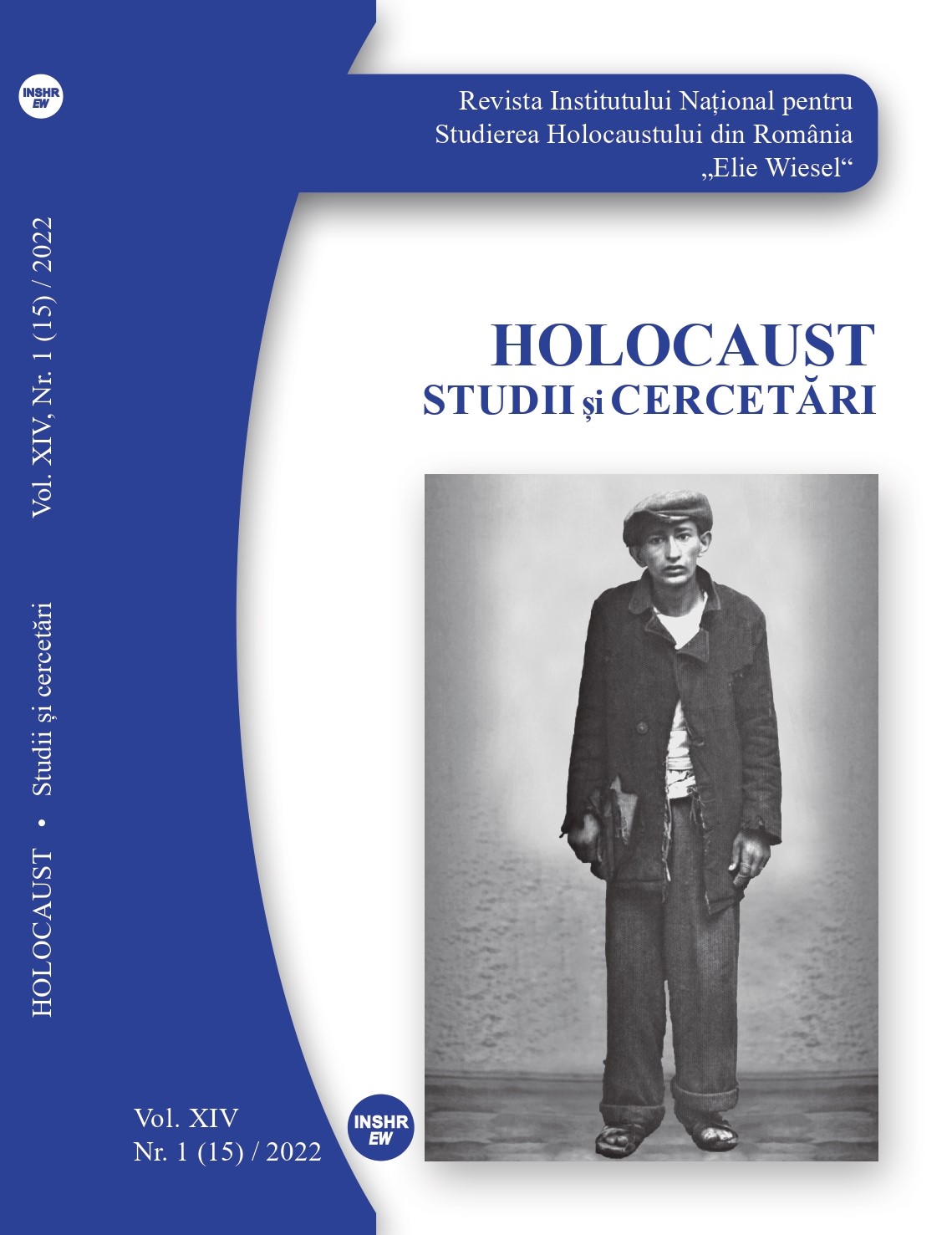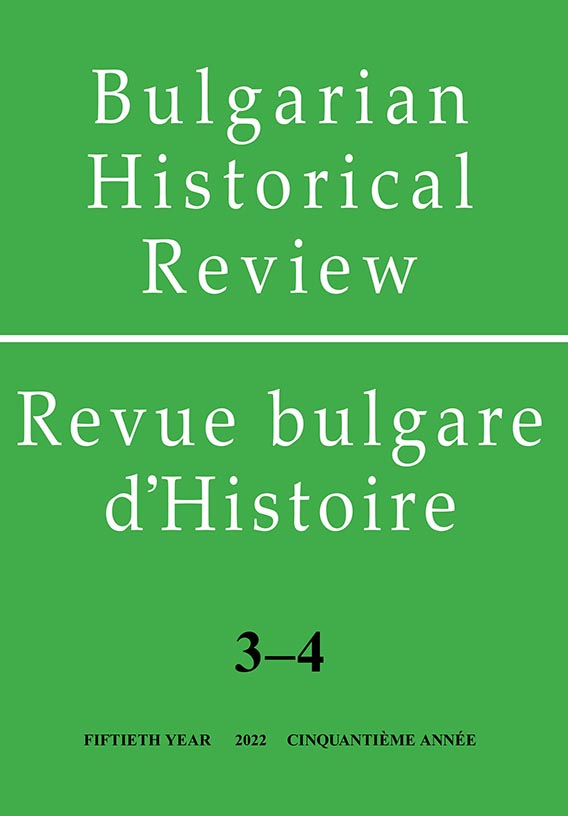
Puķu, koku un krūmu stādījumi Kurzemes zemnieku sētās 19. gadsimta beigās un 20. gadsimta sākumā: teicēju atmiņas
Since the beginning of the formation of the Latvian nation, the garden has been an integral part of the national cultural space. For a Latvian, a garden is a special asset as it has always been associated with independence, self-assurance and a sense of worth, including wealth. It is present on a daily basis and during the holidays, reflecting the social and economic characteristics of the time and the concept of a beautiful and tidy environment. Thus, the study of narrators’ memories of plantations of flowers, trees and shrubs in peasant farmsteads provides an opportunity to enrich the understanding of the formation of Latvian identity and to contribute to the interdisciplinary research in environmental humanities. In the study the materials of the Latvian Ethnographic Open-Air Museum archive – 24 memory stories obtained in the fieldwork in the vicinity of Skrunda, Liepāja and Kuldīga in 1955 and 1956 have been used. The narrators, in most cases, were servants or their children, mainly aged 70–80. The narrators focused on personal experience revealing the location of the flower, tree and shrub plantations in the farmyard space and the features of its formation. The attention was paid to the cultivation and use of medicinal plants. The plant names mentioned in the narrators stories and the plant names given by three narrators in the vicinity of Liepaja in 1972–1974 were summarized and accompanied by the scientific name of the respective plant.
More...
